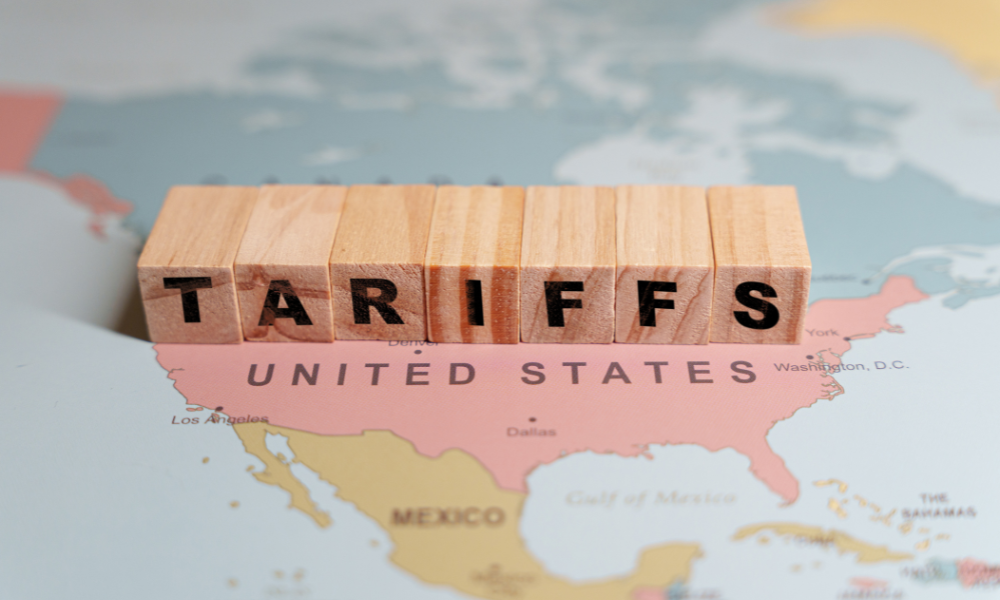In 2016 inflows into ETFs smashed all records, but is the level of growth really sustainable?

Is the growth of ETFs unstoppable? In 2016 inflows into exchange traded funds smashed all records and every week another asset management giant either enters the space or launches a new suite of funds. In January, Canadian ETFs had net inflows of $1.7 billion, spread across most asset classes and categories, and the top three providers - iShares, BMO and Vanguard - all had high flows. On top of that, Toronto-based AGF Investments introduced seven new ETFs under its new QuantShares brand, Dynamic Funds partnered with iShares to enter the ETF space and, most recently, Manulife Investments announced plans to launch a series of multifactor ETFs in April. It’s fair to say that Canada’s ETF market is booming, but can the level of growth continue?
According to Pat Chiefalo, the Managing Director, Head of iShares Canadian Product at BlackRock, yes, it absolutely can. Chiefalo believes the underlying trends point to increased growth. “In other international markets, which are ahead of us in regulatory and retail terms, we’ve seen an acceleration of adoption in ETFs,” Chiefalo says. “In Canada, with CRM2 coming into play, the potential for trailer fees being impacted, and a wealth market where scale is important, the signs also point to increased ETF adoption.”
On the retail side of the industry, ETFs are playing an increasingly important role for advisors and individual investors. But even on institutional side, more investors are shifting capital into ETFs as fees are steadily lowered. “As ETFs have become large, liquid products with low transaction costs and management costs, we are seeing a pickup in adoption from institutions,” Chiefalo says. “ETFs are getting increasingly more cost competitive relative to other vehicles like futures and swaps, which lends itself to further institutional adoption.”
Chiefalo advises Canadian advisors to consider a few factors before placing a client’s money into a specific ETF. If you’re looking for an inexpensive way to access a specific exposure via a plain, vanilla market cap weighted fund, is that exposure delivering exactly you need? If a client needs exposure to emerging markets or U.S. stocks, should an advisor seek out an ETF that captures the complete market or just a portion of it?
“There is a good, fertile secondary market and ecosystem around some of these larger liquid ETFs that translates into lower transaction costs for advisors when they’re looking to buy and sell these underlying exposures,” Cheifalo says. “We don’t believe investors should be nitpicky on basis points, but there is a within-reason-price for exposure that advisors should consider for every ETF.”
Related stories:
Manulife Investments to launch ETFs in Canada
AGF Investments makes ETF debut
According to Pat Chiefalo, the Managing Director, Head of iShares Canadian Product at BlackRock, yes, it absolutely can. Chiefalo believes the underlying trends point to increased growth. “In other international markets, which are ahead of us in regulatory and retail terms, we’ve seen an acceleration of adoption in ETFs,” Chiefalo says. “In Canada, with CRM2 coming into play, the potential for trailer fees being impacted, and a wealth market where scale is important, the signs also point to increased ETF adoption.”
On the retail side of the industry, ETFs are playing an increasingly important role for advisors and individual investors. But even on institutional side, more investors are shifting capital into ETFs as fees are steadily lowered. “As ETFs have become large, liquid products with low transaction costs and management costs, we are seeing a pickup in adoption from institutions,” Chiefalo says. “ETFs are getting increasingly more cost competitive relative to other vehicles like futures and swaps, which lends itself to further institutional adoption.”
Chiefalo advises Canadian advisors to consider a few factors before placing a client’s money into a specific ETF. If you’re looking for an inexpensive way to access a specific exposure via a plain, vanilla market cap weighted fund, is that exposure delivering exactly you need? If a client needs exposure to emerging markets or U.S. stocks, should an advisor seek out an ETF that captures the complete market or just a portion of it?
“There is a good, fertile secondary market and ecosystem around some of these larger liquid ETFs that translates into lower transaction costs for advisors when they’re looking to buy and sell these underlying exposures,” Cheifalo says. “We don’t believe investors should be nitpicky on basis points, but there is a within-reason-price for exposure that advisors should consider for every ETF.”
Related stories:
Manulife Investments to launch ETFs in Canada
AGF Investments makes ETF debut



